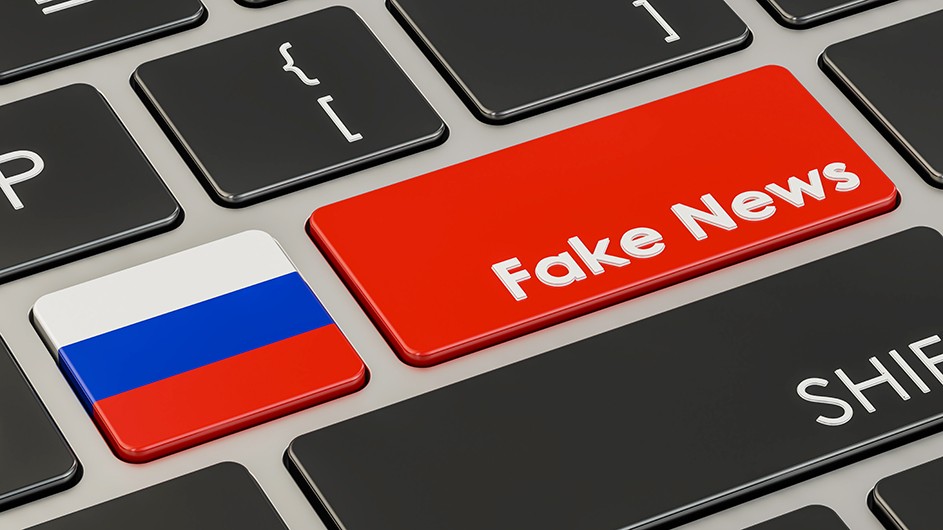Recent statements by Russia’s Federal Security Service (FSB) regarding the alleged capture of a Ukrainian serviceman who was supposedly ordered to shoot civilians in the Kursk region represent yet another example of the Kremlin’s disinformation campaign. These baseless claims are part of a broader strategy to discredit Ukraine on the international stage and justify Russian aggression.
Russian authorities and intelligence agencies have failed to provide convincing evidence to support their claims. Such allegations are often based on testimonies obtained under pressure or on staged scenarios, which raises doubts about their credibility. In the context of information warfare, these reports can be viewed as part of a propaganda strategy designed to create a distorted image of the Ukrainian army, portraying it as a violator of international norms and human rights.
This case is not isolated. It fits into the broader context of the disinformation war that the Kremlin has waged against Ukraine since the onset of its unprovoked aggression and the war it unleashed. Russian state media, officials, and propagandists have repeatedly spread false reports of alleged crimes by Ukrainian forces, including mass killings and other atrocities in both Ukraine and Russia. These narratives are intended to portray Ukraine as the aggressor, despite the ongoing aggression by Russia itself.
The primary goal of these disinformation campaigns is to discredit Ukraine in the eyes of the international community. The Kremlin seeks to create a negative image of the Ukrainian armed forces, which could potentially weaken Western support for Ukraine. These information operations are also crafted to demoralize the Ukrainian population and undermine trust in their government and military.
Propaganda and disinformation are key elements of Russia’s strategy. The Kremlin actively utilizes its media resources and intelligence services to disseminate false information, aiming to destabilize Ukraine and erode trust in its allies. For instance, Russia has previously accused Ukraine of using Western weapons, such as HIMARS, to target civilians—an accusation meant to discredit Western support for Ukraine.
We should also not forget about Russia’s numerous information operations against NATO and Europe. In 2024, Russia has intensified its efforts to target NATO and its members, employing tactics such as spreading disinformation, fabricating videos, and publishing manipulative news. These campaigns aim to undermine trust in NATO and its allies.
One of the main directions of Russian disinformation is the claim that NATO is actively involved in the Russia-Ukraine war. Russian propaganda channels regularly publish false information about Western military personnel being present in Ukraine and supposedly participating in combat operations against Russian forces. These narratives include statements about covert operations by Western troops and suggest that the provision of military aid to Ukraine effectively means NATO is engaged in the conflict.
Another major aspect of these information operations is the manipulation of data about arms supplies to Ukraine. For example, Russian media and pro-Kremlin sources have repeatedly circulated fake videos and reports claiming that Western tanks, such as German Leopard 2, are already being used on Ukrainian territory before any official announcement of their delivery. Additionally, Russian officials and media have frequently attempted to accuse Ukraine of using prohibited weapons, such as chemical weapons, without providing evidence. This is also part of their disinformation strategy aimed at creating a negative image of Ukraine on the international stage.
In addition to disinformation about military presence, Russia also conducts information operations targeting Europe’s energy security. Amid the energy crisis driven by sanctions and the halt of Russian energy supplies, Russian media and social networks have spread false information suggesting that EU countries are on the brink of economic collapse. This effort aims to undermine trust in the EU’s ability to manage the crisis and create divisions within European countries over their sanctions policy and energy independence.
Russian disinformation focused on NATO and Europe is part of a broader Kremlin strategy to weaken international unity and diminish support for Ukraine. These campaigns use both traditional media and social networks, often including fake news and manipulative video content.
Russian information operations, like the case of the allegedly detained Ukrainian serviceman, are just one of many examples of how the Kremlin employs disinformation to pursue its geopolitical objectives. These efforts require increased vigilance and coordinated actions from the international community to combat disinformation. Enhancing media literacy, supporting independent journalism, and developing technologies to detect and counter false news are crucial measures for safeguarding democratic societies from hybrid threats.

